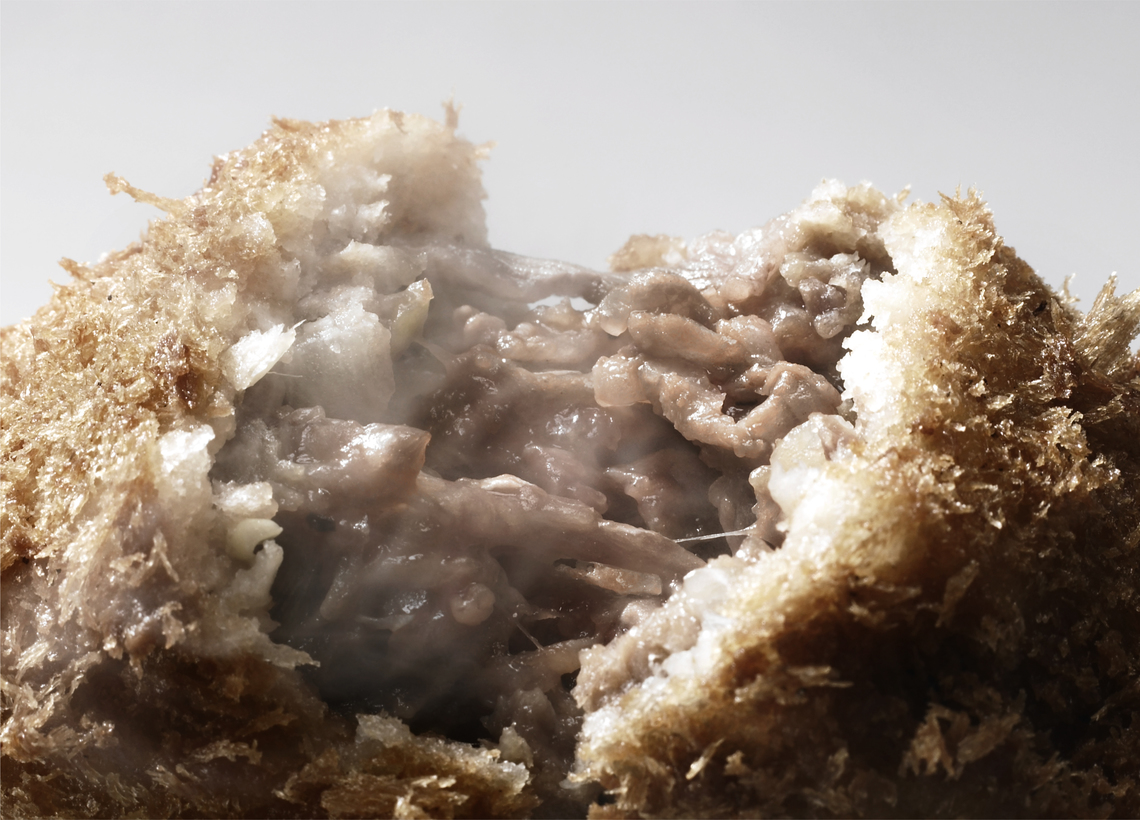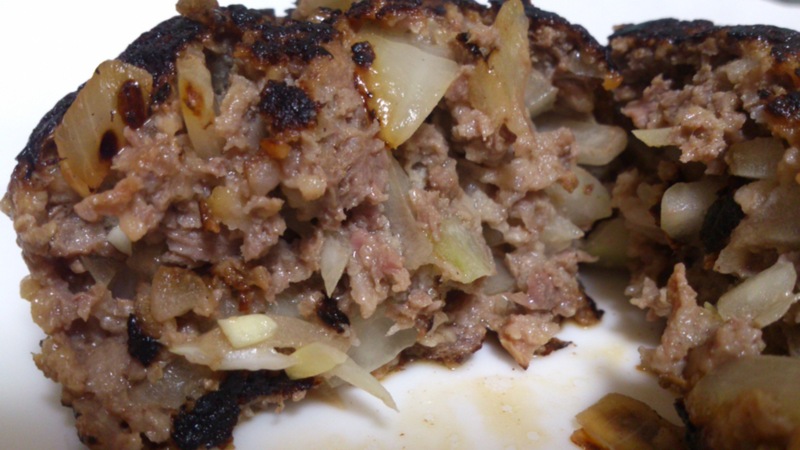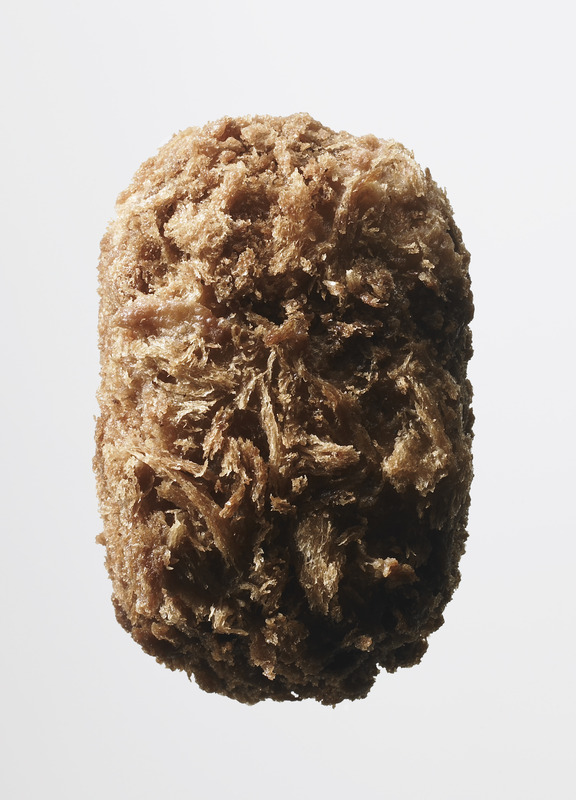Starting today at Keio Department Store in Shinjuku, the "Nationwide Local Newspaper-Curated Local Delicacies Festival" commemorating the store's 50th anniversary begins. And debuting from Kojima Shoten in Katsushika, Tokyo, is this product.

This time, let's talk about the story behind the birth of this Chop Katsu, hot off the press.
Kojima Shoten was founded in 1933. Its first president, Moriharu Kojima, served as the inaugural chairman of the Tokyo Central Wholesale Market Meat Division. Around the time of the Tokyo Olympics, he worked alongside Chef Nobuo Murakami of the Imperial Hotel to promote veal. Today, it's a long-established Wagyu beef wholesaler operating its own butcher shop, "Kataba San," at Ginza Mitsukoshi.
One day, Vice President Yasunari Kojima shared a concern during casual conversation: "Wagyu beef is often seen as unattainable. But I want people to enjoy it much more casually." Since then, I've kept pondering how to make this "vision" a reality.
Personally, I love the smooth, finely ground hamburgers from long-established Western-style restaurants. Yet, it seemed the trend was shifting: "Coarsely ground over finely ground," "Extra coarse over coarsely ground." Even in ground meat dishes, recipes offering a satisfying bite and the distinct sensation of "eating real meat" appeared popular. This led to the original idea: "What if we made menchi katsu not with ground meat, but with sliced or diced meat?"
  |
Prototype
With chopped meat binder / Without chopped meat binder
|
As mentioned in the "Scatter Mode" episode of the Spinning Thoughts series, rapid prototyping—just making it and seeing what happens—is more effective than trying to verify if it's correct. Sliced meat might not form into oval patties, or even if it does, it might not deliver the satisfying "meat-eating" experience you're aiming for. It's all about tasting it and seeing if it's delicious.
In my home kitchen, I experimented: roughly chopping or finely mincing the sliced meat, adding or omitting "binder," using raw onions or sautéed onions, adding or omitting a bit of ground meat, kneading thoroughly or lightly. Ideally, everything should be fried, but I'm mindful of lifestyle diseases, so I ate some as hamburgers. Through this trial and error, I discovered that the result definitely felt more "meaty" than anything made with ground meat. As a minced cutlet, it was a bit unbalanced and lacked the delicacy of a refined dish, but it offered a wild charm and satisfaction unlike anything I'd experienced before.
Incidentally, the word "menchi" (mince cutlet) apparently comes from the French or English word "mince," meaning "to finely chop." In contrast, the product I was about to create involved simply boldly chopping the meat. I named it "Chop Katsu" because it's easy to remember and evokes that wild image.
Thus, last year, we proposed a "steak-like minced cutlet" to make Wagyu more accessible. Mr. Kojima said, "Let's take on this challenge together. I've never heard of this approach before," and the project took a big leap forward.
 |
It looks ordinary, but when you eat it...
|
In terms of the spiral thinking process, we finally reached the "Discovery!" mode, meaning the concept was solidified. However, to launch it, we must cross the "Valley of Death" in the "Polishing" mode and develop concrete plans. I'll cover that part next time.
By the way, the "Nationwide Local Newspaper Companies' Strictly Selected Local Delicacies Festival" at Keio Department Store Shinjuku runs until the 26th. Please come by and check out the "Chop Katsu."
Enjoy!






